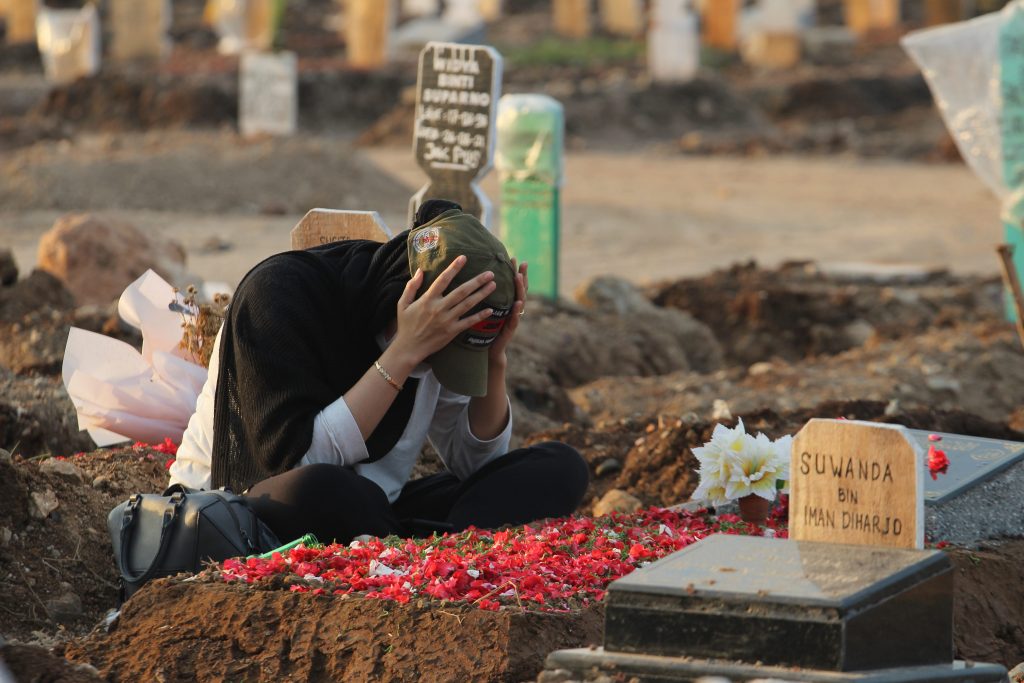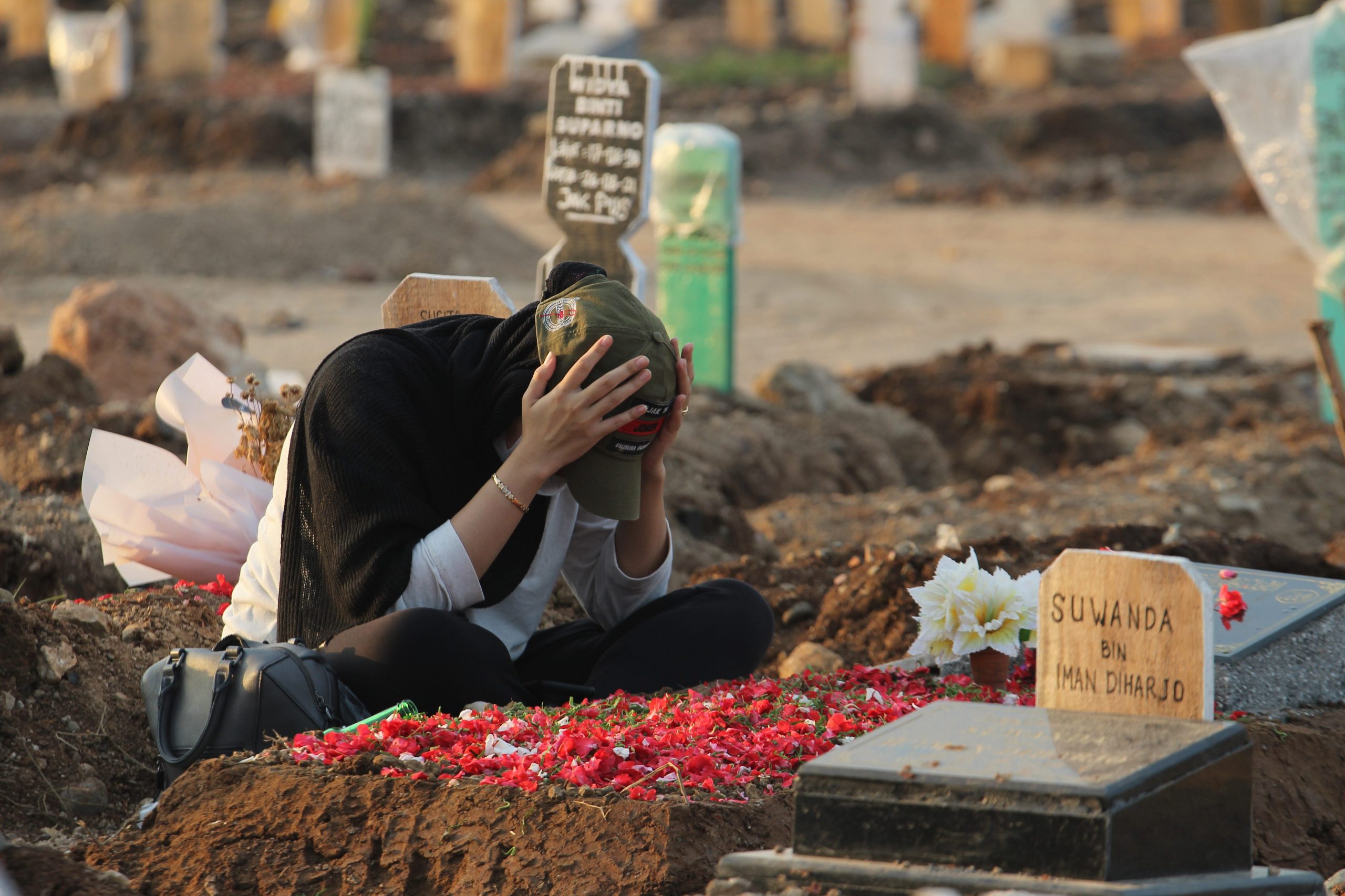
Kuncoro Widyo Rumpoko/Pacific Press/LightRocket via Getty Images
At dawn, they would call out the names of the dead.
Hendro Utomo, 53, would listen as the loudspeakers from the local mosque announced who had died the day before. "Five, eight dead every day, just in my neighborhood," said Utomo, who runs a food bank. "Every few minutes we hear the ambulances, the sirens, and someone is dying."
In July, the Indonesian capital of Jakarta became the Southeast Asian epicenter of the coronavirus pandemic. Hospitals were running out of beds or oxygen to keep patients alive. Jakarta's dead were piling up in their own homes because there weren't enough medical facilities to take them.
Emergency doctors like Debryna Dewi, 29, had to regularly decide which patients would receive a hospital and which were sent home.
"That's not something that's ever supposed to happen," she said. "This is not an area hit by an earthquake or a tsunami, it's a hospital in the capital."
By mid-August, nearly half of the city's population of 10 million had contracted the virus and at least 5,200 people had died of COVID-19. As case counts started flattening out, the government announced on August 23 it would relax restrictions in the Jakarta region, reopening restaurants, malls, and places of worship.
As of mid-September, Indonesia's infections and casualties are declining, data collected by the country's Ministry of Health shows. The Minister of Health is emphasizing an ambitious push to vaccinate Indonesians and move the nation toward being an endemic state that can live with the coronavirus. The tourist island of Bali could open to foreigners by October, said a senior minister in charge of the pandemic response.
But even as Indonesia sets its sights on these goals, it's still plagued by the same core issues that made its capital so vulnerable during its summer crisis. Through conversations with local doctors, epidemiologists, and data analysts, we identified three of these factors: poor data reporting, gaps in medical access, and a lack of access to vaccines.
While Jakarta now touts a high vaccination rate, all three issues continue to be pronounced in the rest of Indonesia. Around 23% of the country's population has been vaccinated, but the bulk of those vaccinations have happened in the capital city, with vaccination numbers hovering in the single digits in many of its more rural provinces. Data analysts in particular are urging caution, concerned that Indonesia isn't collecting or publishing enough pandemic data to know if it's ready to reopen.
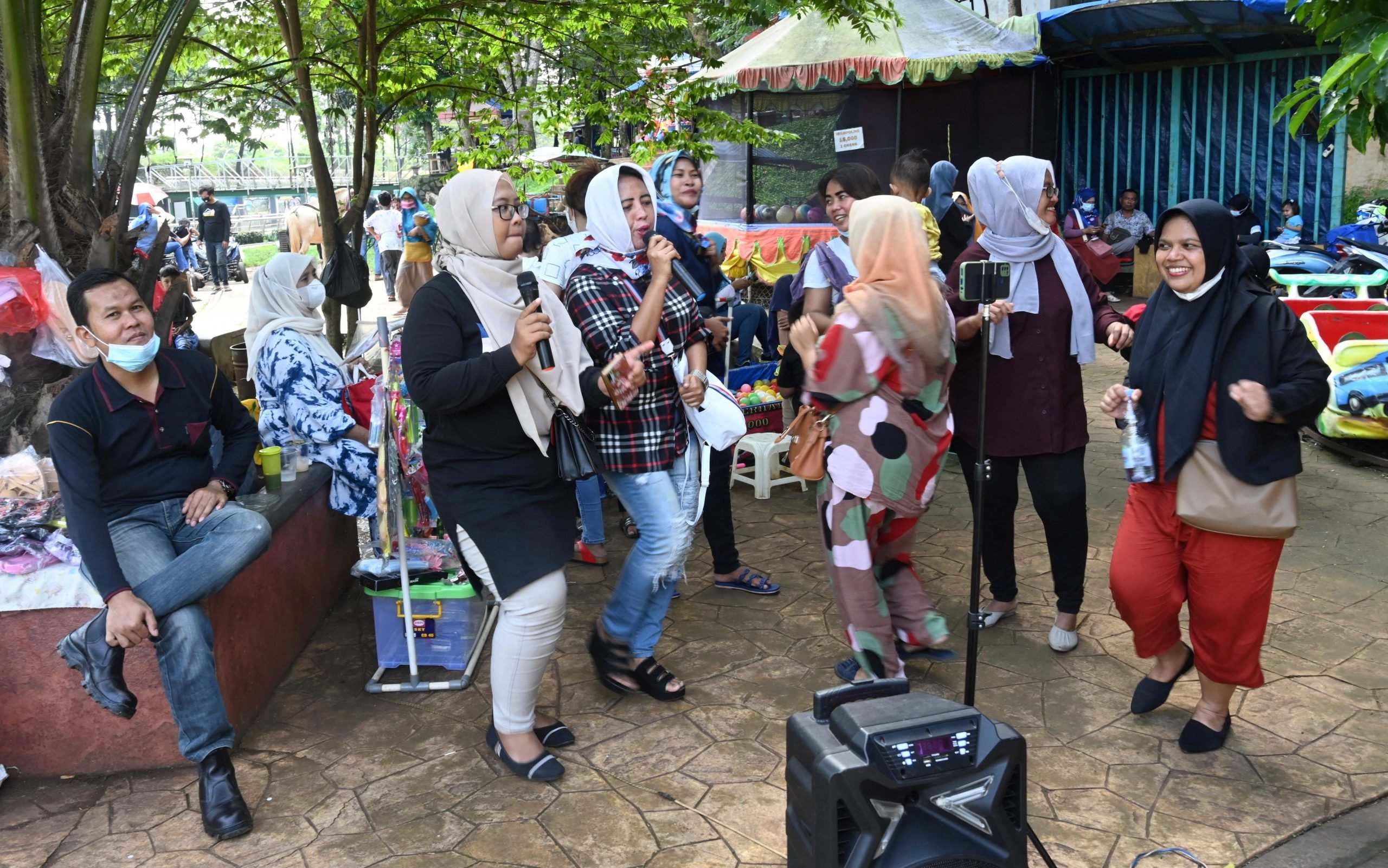
GOH CHAI HIN/AFP via Getty Image
The archipelago of Indonesia consists of five main islands and 6,000 smaller inhabited ones. Its 270 million people are split across 34 provinces. Each province's coronavirus response is overseen by the local governor, similar to the US.
Local governments are in charge of sending pandemic data to central authorities to tally Indonesia's daily case and death totals. Therein lies one of the country's core issues: Not all COVID-19 deaths reported in local regions are added to the national count, said Elina Ciptadi, cofounder of Kawal Covid, a volunteer organization of analysts that curates coronavirus data in Indonesia.
"The data is aggregated from the city level, to the district level, to the provincial level, then on the national level," said Ciptadi. "We don't know where the deaths are disappearing."
It's no secret. Indonesia said it doesn't count COVID-19 deaths if the victim had other pre-existing conditions or if they weren't tested. These guidelines run contrary to the World Health Organization's (WHO) guidelines.
Kawal Covid estimates that Indonesia's actual death toll is up to three-and-a-half times higher than government figures. Lapor Covid, an independent watchdog organization, says the death toll was up to six times worse at one point, according to its observations of villages across the country. In Jakarta alone, official data shows around 5,200 people died from COVID-19 between June 15 and August 15, but the same reports show there were 12,200 funerals where bodies were buried with COVID-19 procedures.
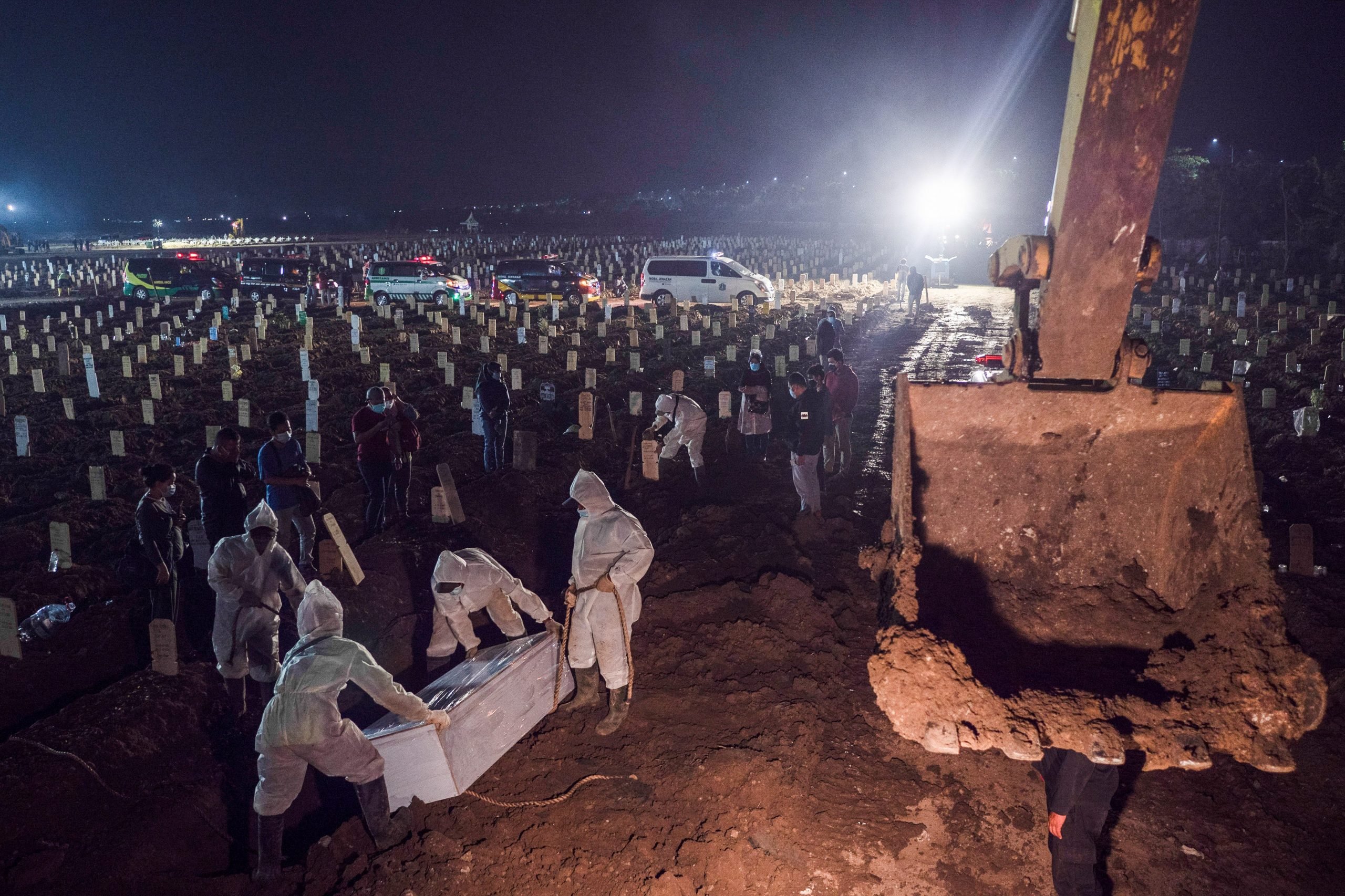
Wisnu Prasetyo/SOPA Images/LightRocket via Getty Images
Both organizations are also not convinced Indonesia is informed enough about its pandemic to say it's ready to reopen. The problem, the experts said, is both because testing is too limited, and because people do not want to admit when they are sick.
Even though it's the world's fourth-most populous country, Indonesia has only issued 36.5 million COVID-19 swab tests, less than the state of Florida.
That's partially the fault of local officials, said Pandu Riono, a senior epidemiologist in the University of Indonesia who is consulted as an academic by the Ministry of Health.
"If they increase testing, they will detect more cases. If they detect more cases, their cities become more red. If their cities are red, there will be more restrictions. They don't want that because the economy will decline," said Riono.
Patients are also reluctant to get tested, especially in rural areas.
"If I'm spending two weeks in quarantine, that's two weeks of my restaurant not being open, or me not driving my taxi. Two weeks of me not putting food on the table for my family," said Ciptadi from Kawal Covid.
Now, as Indonesia looks to reopen, Kawal Covid is highlighting the need for audited death records and seroprevalence surveys - a check for COVID-19 antibodies to find out how many people have already been infected. These results could help the government estimate the true scale of their outbreak, said Ciptadi.
"Because if we look at official data, Indonesia is still a very long way away from claiming an endemic state," she said.
Gaps in medical access
When she saw that Jakarta was on the mend, Dewi, the emergency doctor, decided to leave the capital. She moved to the poorer island of Flores, 1,000 miles east of Jakarta, to work at hospitals there. The difference in medical access is night and day, she said.
Dewi said she's had to bring her own emergency equipment with her, like test kits and N95 masks, in case of another outbreak.
"You have fewer beds, you have fewer facilities, you have fewer medicines, you have just enough equipment for yourself," she said.
Indonesia's healthcare lags behind that of other populous nations. According to the World Bank, it has one hospital bed per 1,000 people, compared to 4.3 beds in China and 2.9 beds in the US.
Forty-three percent of Indonesia's population lives in rural areas. In many of these areas, the norm is for doctors to travel to patients' houses, Dewi said, which means the logistics of administering medical care in a pandemic are much more complicated.
In Maluku, another region Dewi worked in before the pandemic, there were only two oxygen tanks available in one island with thousands of residents. And they weren't even filled, she said.
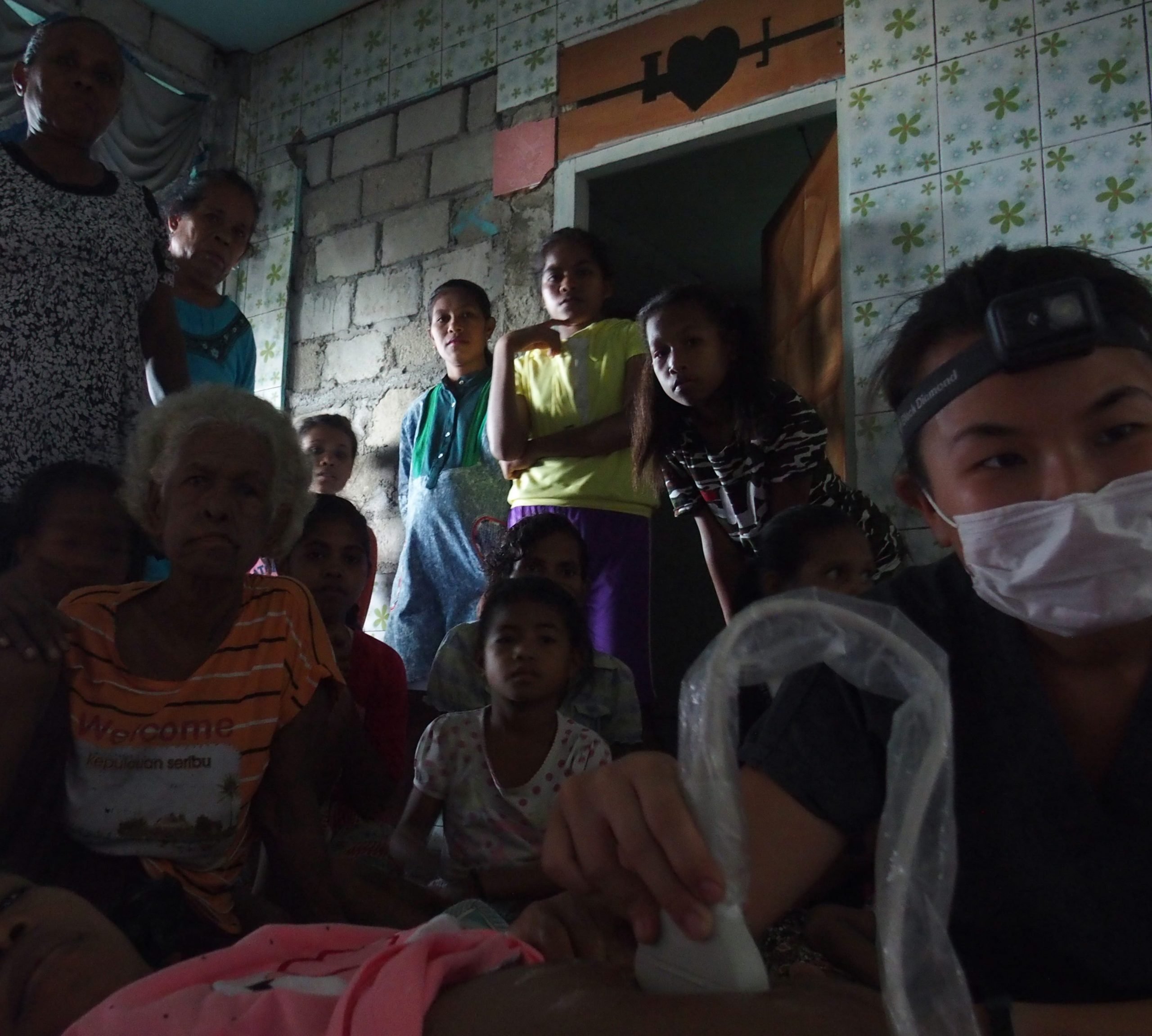
Debryna Dewi
"That to me is the prime example of the difference between Jakarta and rural areas. If I wanted to get oxygen, I would have to cross the sea to another island," said Dewi.
"If what happened in Jakarta happens here, it would be crazy," she added. "I don't even want to imagine it."
Without vaccine production, Indonesia has to wait for shots
Authorities have touted herd immunity at a 70% vaccination rate as the gateway for Indonesia's economy and tourism to restart. Health minister Budi Gunadi Sadikin said he expects 70% of the population to be given their first dose by November.
But it's taken Indonesia nine months to get 80 million people their first shot. The country started its vaccination drive in January and has thus far only hit 43% of health minister Budi's goal.
And though the country is trying to ramp up its vaccination push to administer 50 million doses a month, it has to wait for the vaccines to arrive first.
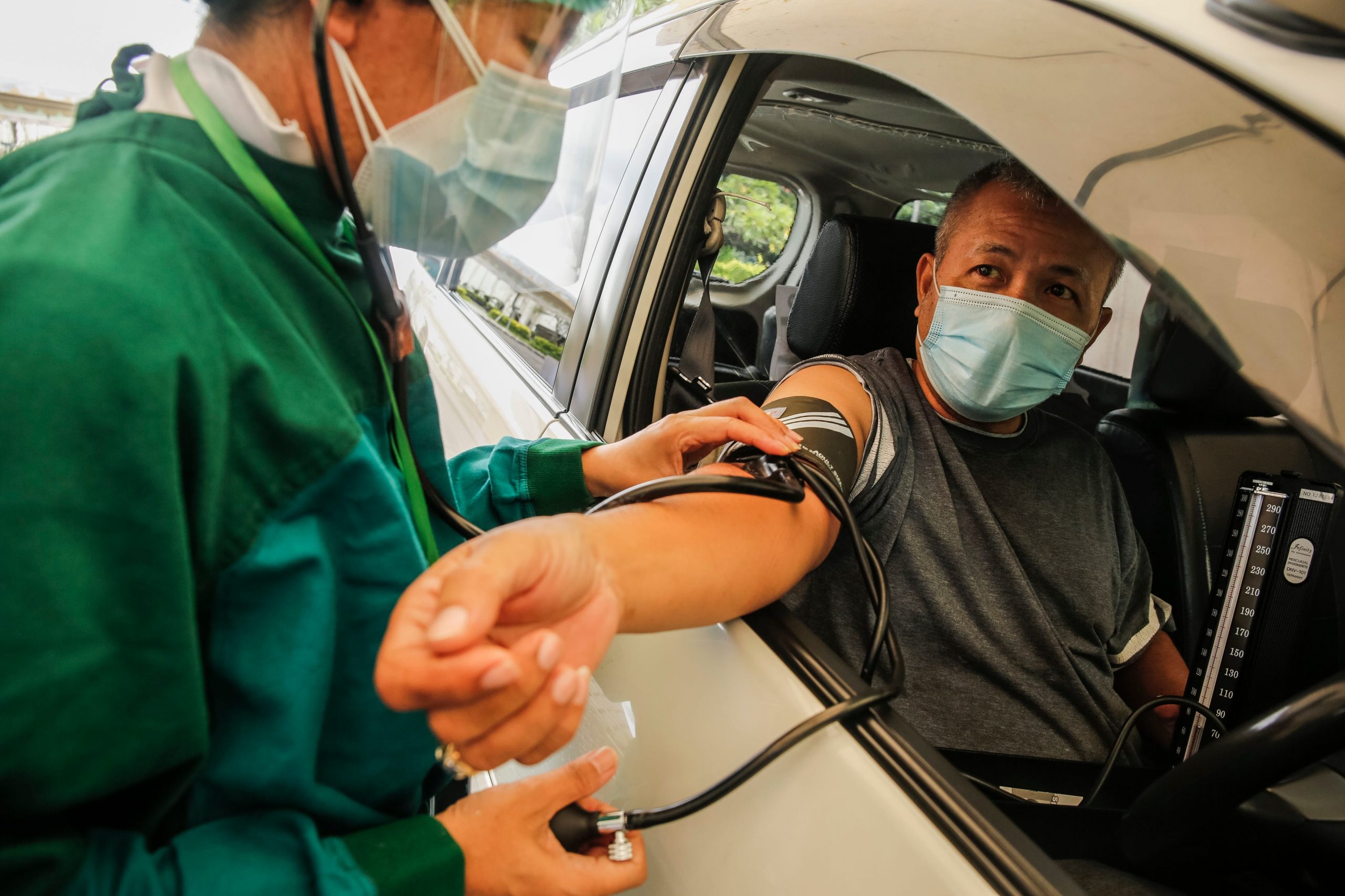
Johanes Christo/NurPhoto via Getty Images
Indonesia has no local vaccine production. Its government has reserved 86% of the 430 million doses it needs for its vaccination program, drawing some from WHO donations while buying the rest piecemeal from other countries.
That puts Indonesia at the mercy of other countries where vaccines are produced, who may also need the vaccines and requisition them first, said Riono, the epidemiologist.
And once Indonesia receives the vaccines, it has to distribute them all over the country. The doses Indonesia has given out so far have been heavily concentrated on urban provinces like Jakarta, which reached a vaccination rate of 73% on September 23. The rest of the country has a vaccination rate of 17%.
Terrain poses a further challenge. Because Indonesia is an archipelago, it can't just drive vaccines to various islands - it has to ferry them via plane or sea. Some rural provinces still have vaccination rates below 10%, while others like Bali and Riau - tourist areas the government seeks to reopen - have 58% and 38% respectively.
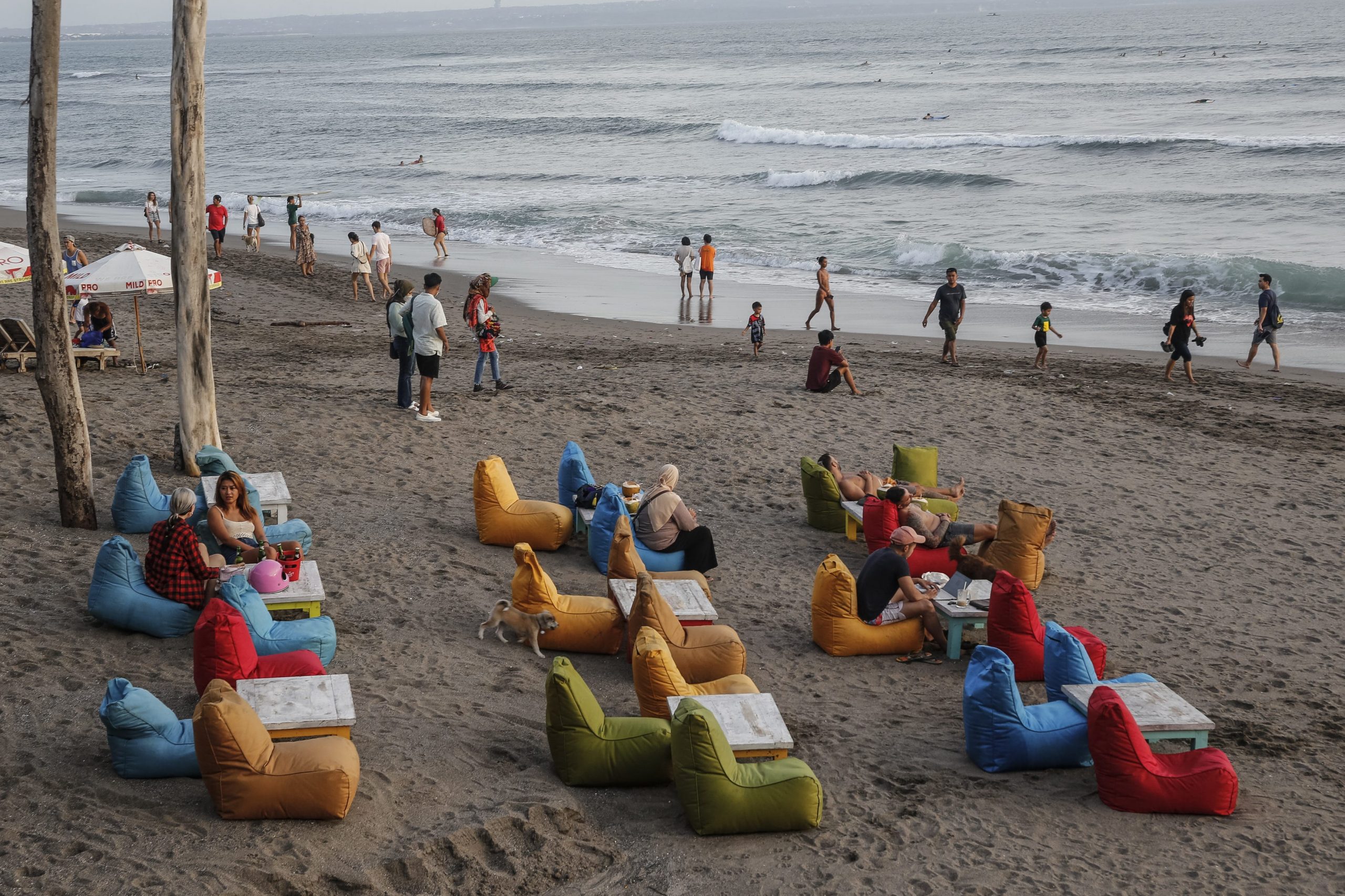
Johannes P. Christo/Anadolu Agency via Getty Images
That trend presents a worrying sign of vaccine inequity, which could leave certain parts of the country vulnerable, said Diah Saminarsih, founder of health think tank Center for Indonesia's Strategic Initiatives.
"The more inequity with vaccines you have, the more likely you will have a variant emerging from that area," said Saminarsih, who is also an advisor to the Director-General of WHO.
To be sure, poor data reporting, gaps in medical access, and a lack of vaccine access are not the only issues at play in the scale of Indonesia's COVID-19 crisis. Experts have also blamed authorities' reluctance to enact large-scale lockdowns while cases surged and pointed to the millions of Indonesians who ignored travel bans to gather and celebrate the Eid Al-Fitri festival in May. Yet these three issues are the core catalysts that could make Indonesia just as vulnerable as it was before if another wave builds up again.
However, epidemiologist Riono said that as long as the country plans its reopening carefully, under tight screening and isolation procedures, it should go ahead.
"We should have confidence in what we're planning, as long as the implementation is under control," he said.
In the meantime, Utomo and his food bank are still picking up the pieces of Jakarta's shattered lower class, running food drives all over the city.
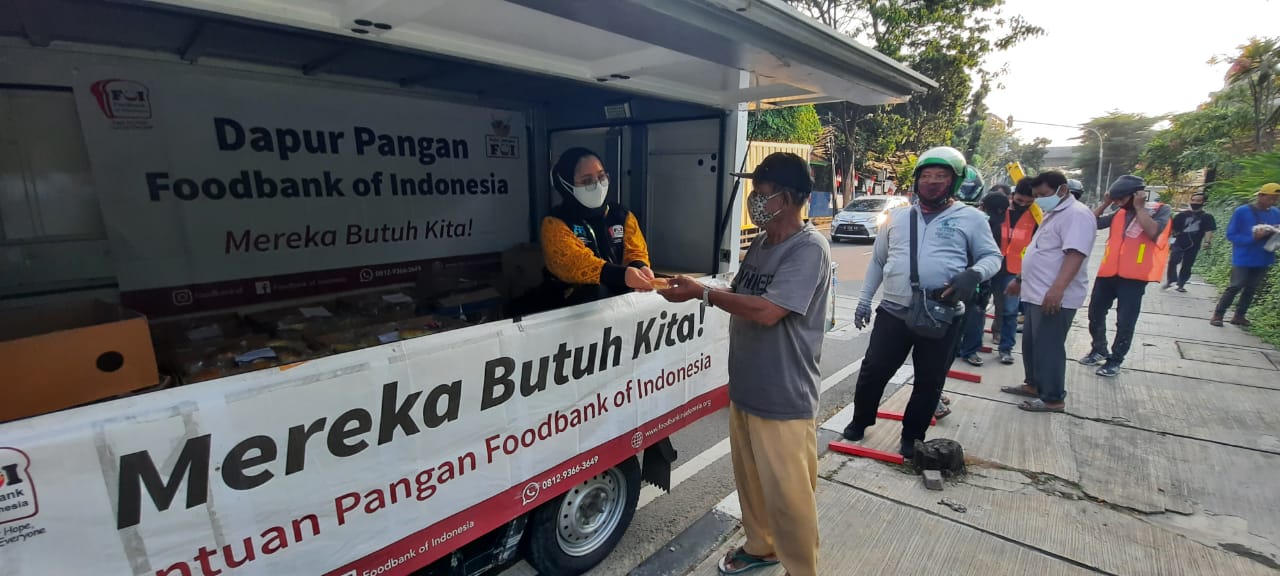
Foodbank of Indonesia
Utomo is sourcing food for 39,000 starving children in Indonesia, four times the normal demand, he said. His organization is also trying to track down children who are now parentless - the pandemic created an estimated 17,000 orphans in Indonesia, he said.
"Everybody is acting like we have won. Everyone is acting like it's a festive season," he said. "The problem is still in our hands."
